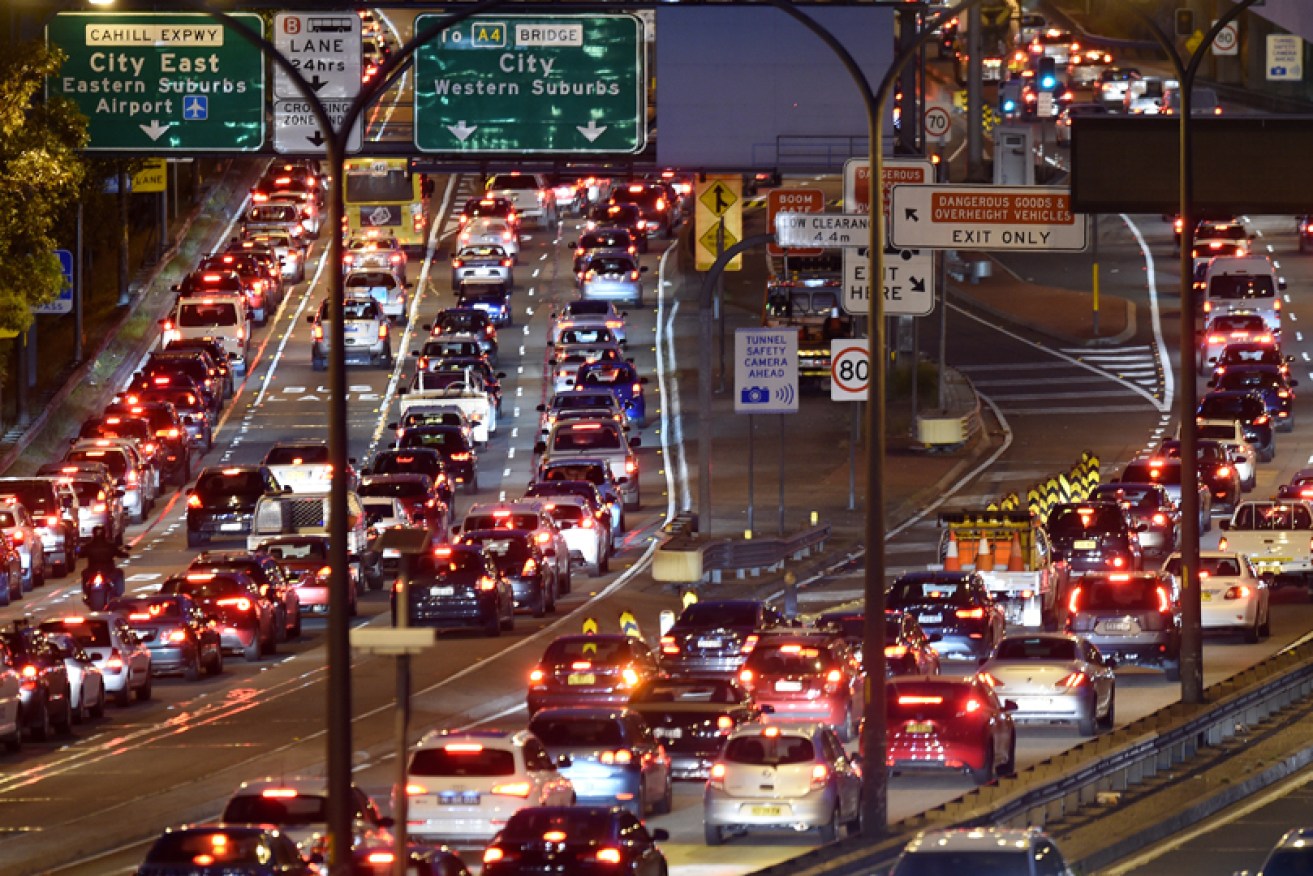Why Australia desperately needs a population policy


Australia is expected to add a Canberra-sized city's worth of people to its population each year for the next three decades. Photo: AAP
Anyone routinely caught in gridlocked traffic or forced to look further and further beyond city limits to find affordable housing will be well familiar with the obvious: Australia’s population is growing like Topsy. Even so, a population forecast released by Infrastructure Australia makes for sobering reading.
The federal government advisory body forecasts that Australia’s population will increase by 11.8 million people by 2046. That’s equivalent to adding a new city the size of Canberra each year for the next 30 years. But it’s existing cities that will bear the brunt of that growth: 75 per cent of the projected population growth will occur in Sydney, Melbourne, Brisbane and Perth.
Think what this means. Australia’s population will increase from 24.8 million to 36.6 million in just 30 years. Our congested capital cities will be even more crowded and the pressure for urban boundaries to expand even further will intensify.
Anyone who feels the strain – and expense – of living in a crowded city will question the desirability of such population growth. The question of the ideal population size surfaces from time to time, but rarely is it an issue that attracts informed and nuanced debate. Academics argue among themselves about “ideal” population sizes but politicians tend to run scared when the “p” word manages to briefly break into public discourse.
Former prime minister Kevin Rudd dared to advocate a “big Australia”, declaring that this would be the key to realising “the greatest century of economic growth and nation-building in Australian history”.
His stand caused a talkback radio meltdown.
When Julia Gillard deposed Mr Rudd as prime minister in 2010 her first policy decision was to dump her predecessor’s support for a population of 36 million by 2050.
“I don’t support the idea of a big Australia with arbitrary targets,” she said.
Except that Mr Rudd’s figure of 36 million was not an “arbitrary target” but a Treasury forecast. In other words, the “small Australia” horse has bolted.
Australia has often had a vexed and unedifying relationship with the twin issues of population and immigration. The need to increase population to drive economic growth and prosperity and ensure security has been pressing from the moment Arthur Phillip set foot on Australian soil in 1788 and for every government since.
But if we frame population in its modern context it was in 1945 that the Chifley Labor government coined the slogan-cum-policy objective of “Populate or Perish” and introduced an assisted passage migration scheme administered by the new Department of Immigration. Arthur Calwell was the first immigration minister and it was he who ingloriously stated: “We have 25 years at most to populate this country before the yellow races are down on us.”
The preference of the Chifley government was to attract white Britons. When their numbers proved inadequate the doors were reluctantly opened to non-British European migration, just as they were in the 1920s when “white aliens” from southern Europe were permitted to fill extreme labour shortages.
Decisions about population and migration have too often been political, populist and emotive. Tony Abbott’s latest unseemly foray into immigration policy is more of the same.
Frontbenchers respond to Mr Abbott’s immigration comments:
The Infrastructure Australia paper, Future Cities: Planning for our growing population, is timely in that it argues for a policy-driven approach to population.
The agency is in favour of a Big Australia: “A growing population is an exciting opportunity to increase our national economic prosperity and liveability. The potential benefits are immense.”
But it calls for policy leadership from the federal government in preparing Australia for the seismic changes that a big population entails, particularly around the infrastructure needs of capital cities.
“Australia’s cities are the powerhouses of our economy and they need to be a national priority of government,” Infrastructure Australia CEO Philip Davies writes.
“Australia needs to start setting national objectives that allow our cities to realise their full potential and remain globally competitive.”
Australia needs to go much further than its infrastructure adviser urges. It is high time governments come to terms with the fact that “big Australia” is happening and is nigh.
It beggars belief that Australia does not have a formal population policy. The only reason we do not is that timid governments – especially the Turnbull government, the most timid of them all – fear public reaction to big population numbers. If Australians are instinctively reluctant to embrace the idea of a big Australia then it is up to the federal government to spearhead a “national conversation” to cast those fears away.
But more than talk is needed, which is why Australia needs a population strategy that includes housing, infrastructure, regional support and a 21st-century approach to changes in the labour market.
Such a blueprint also needs to incorporate a long-term immigration strategy that is linked to Australia’s economic future. Perhaps then Mr Abbott will see that he is dog-whistling in the wind.
Leo D’Angelo Fisher is a former associate editor and columnist with BRW and columnist for the Australian Financial Review. He was also a senior writer at The Bulletin magazine.








